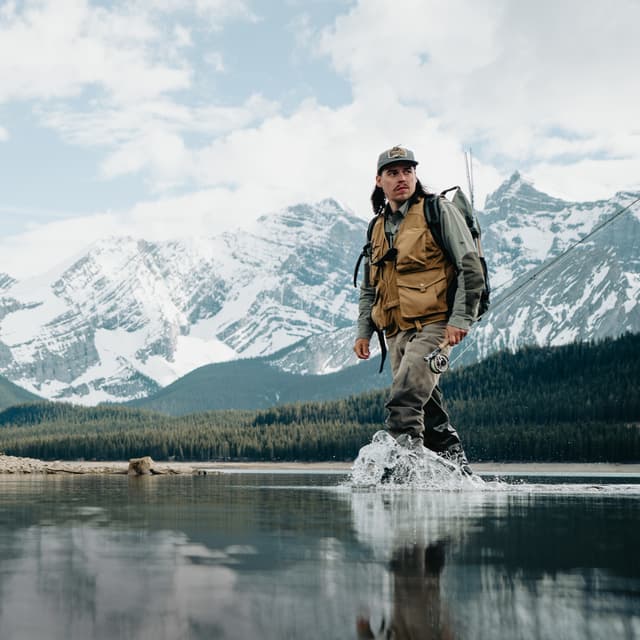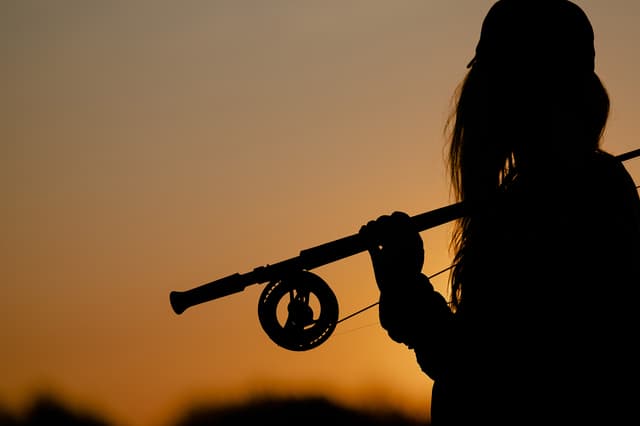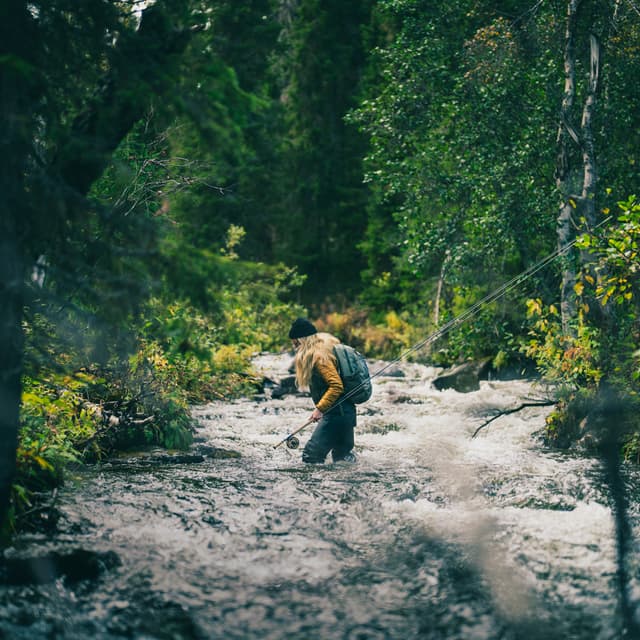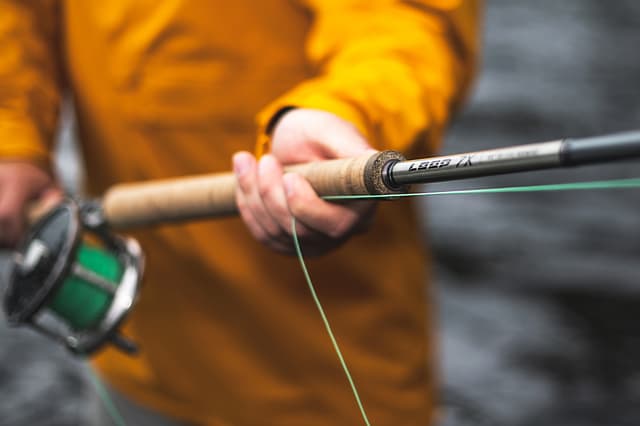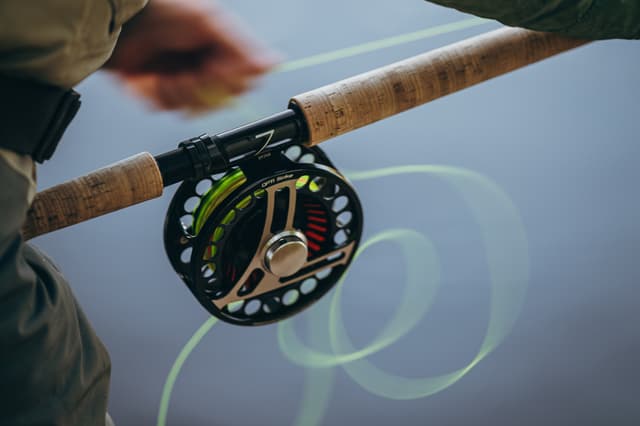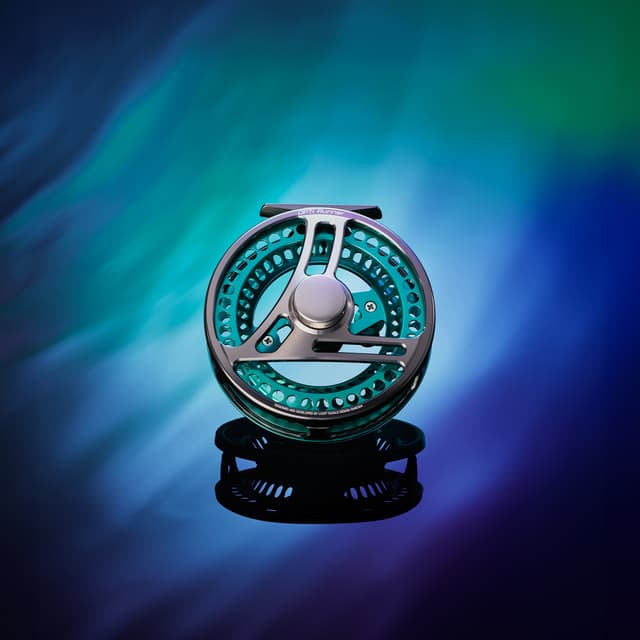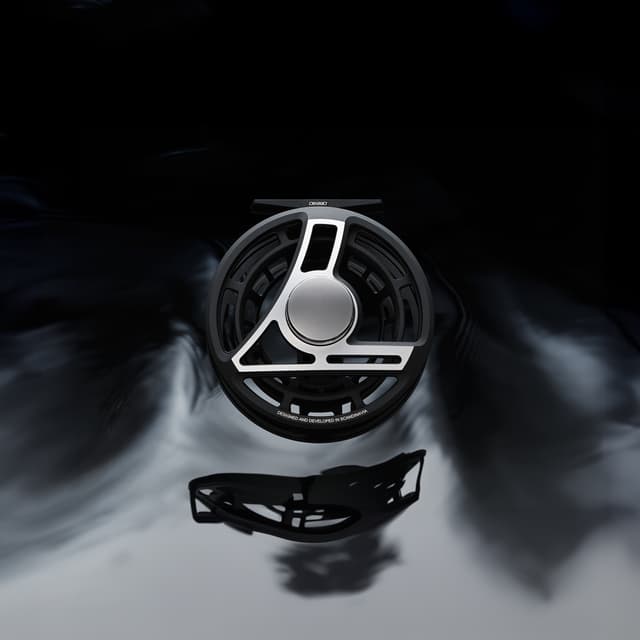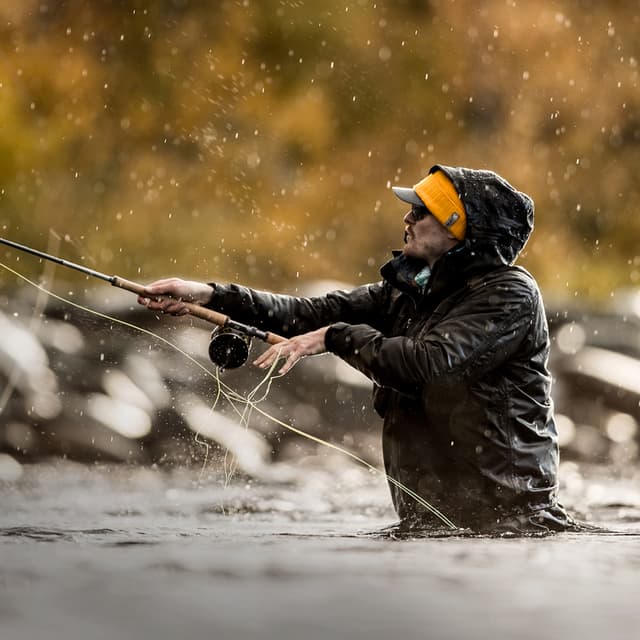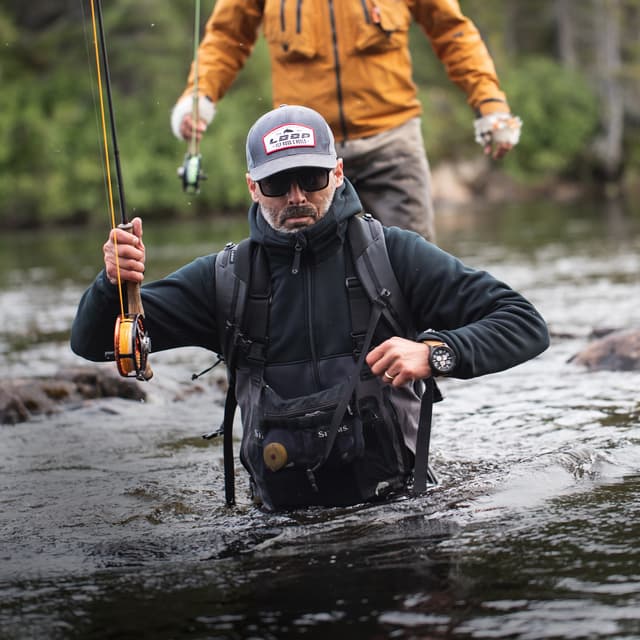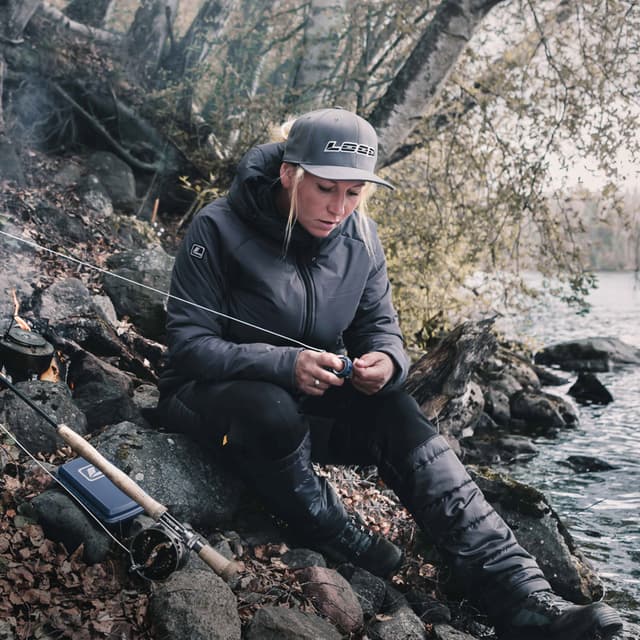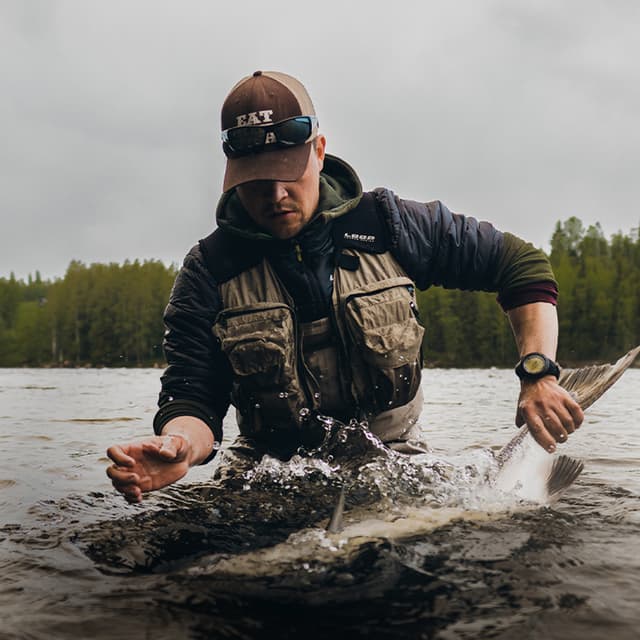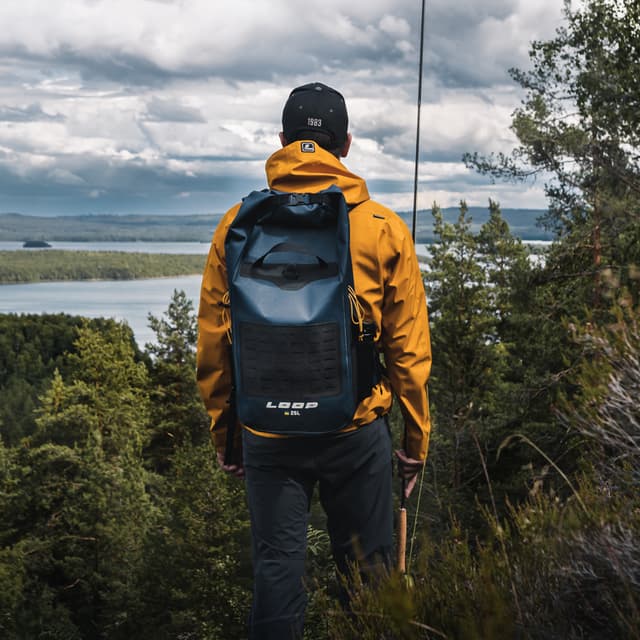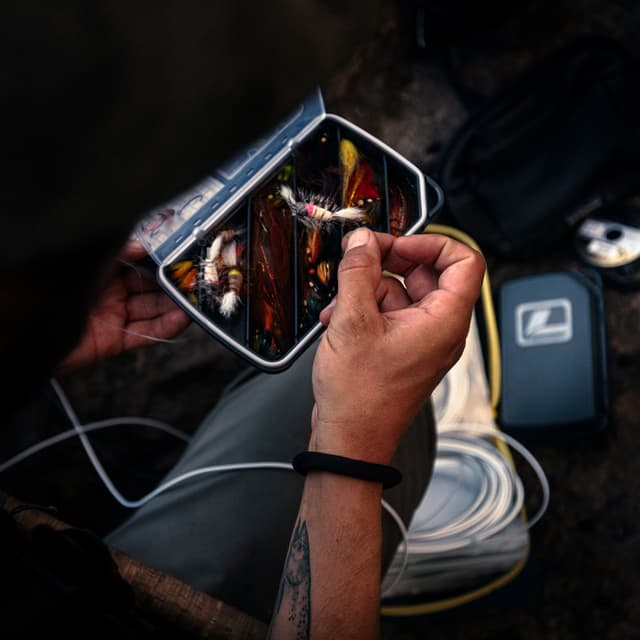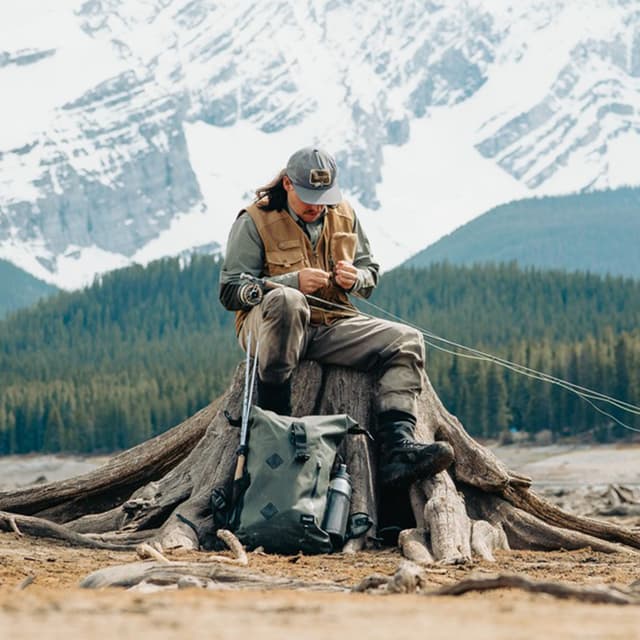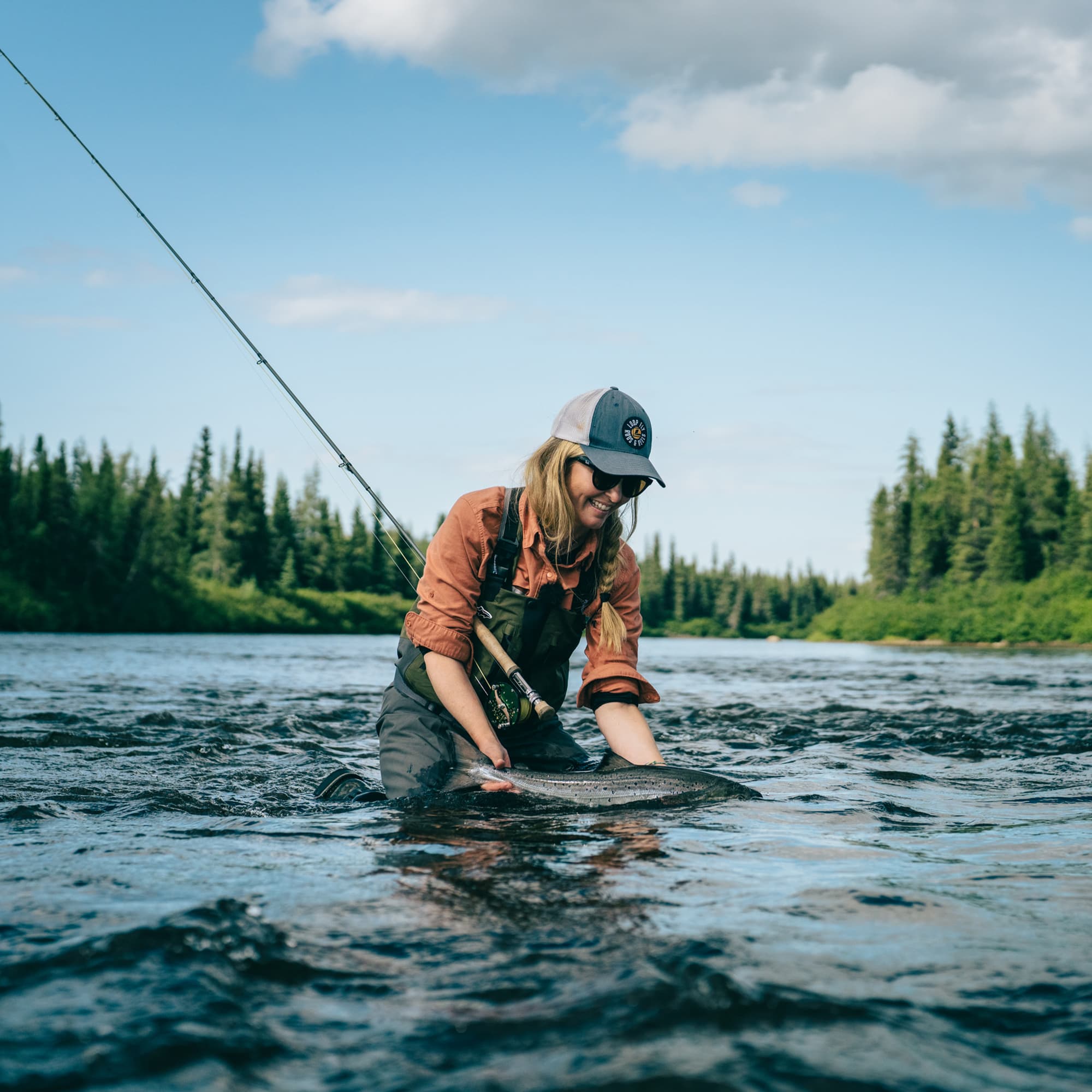
STORIES FROM THE WILD
Featured stories
Wild fish. Wild places. | Ep 4: Canada
Author information

Canada
Loop
2 min read
Emilie Björkman travels deep into the Canadian wilderness to fish the Hunt – one of the world’s last truly wild Atlantic salmon rivers.
Read more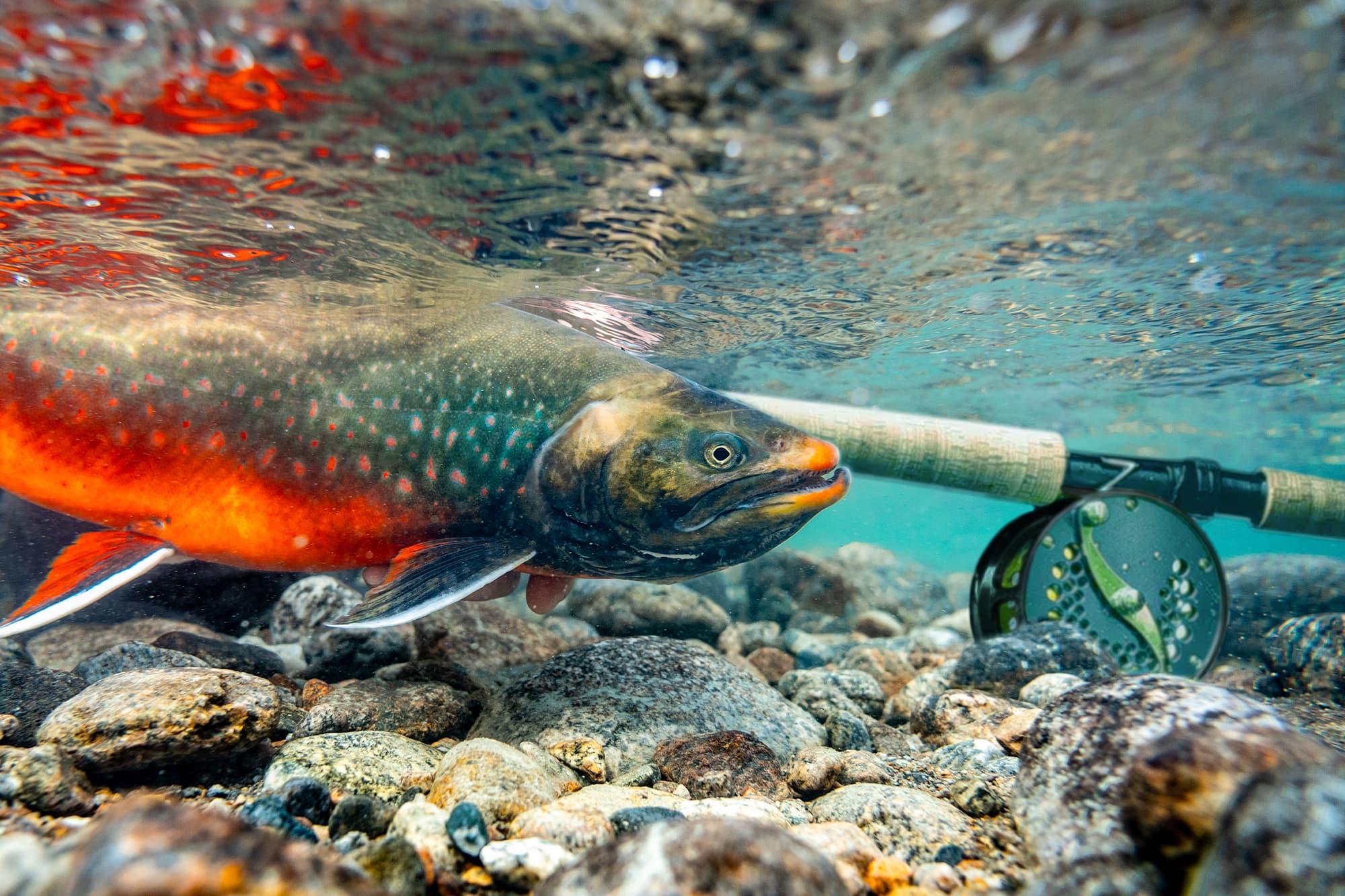
Catching Fire
Author information

Greenland
Jay Bartlett
17 min read
Jay Bartlett’s guide to fly fishing for sea-run Arctic char in Greenland.
Read more
Wild fish. Wild places. | Ep 3: Iceland
Author information

Iceland
Loop
2 min read
Amid Iceland’s winds and waterfalls, Emilie Björkman chases wild Atlantic salmon – and discovers what’s at stake for one of their last untouched strongholds.
Read more
A Summer Steelhead Story
Author information

United States
Joseph Evans
6 min read
Summertime as an Idaho trout guide is a splendid life, but another creature calls…
Read more
NASF UK presents: The Orri Award
Author information

United Kingdom
Loop
2 min read
In association with our partners at NASF UK – a new award for salmon conservation in the United Kingdom.
Read more
The Magic of Montana
Author information

United States
Emilie Björkman
6 min read
There are some places that live in your imagination long before you ever step into them. Montana was one of those places.
Read more
Wild fish. Wild places. | Ep 2: Patagonia
Author information

Argentina
Loop
2 min read
Emilie Björkman travels to Patagonia in search of legendary sea-run brown trout on the Rio Menendez.
Read more